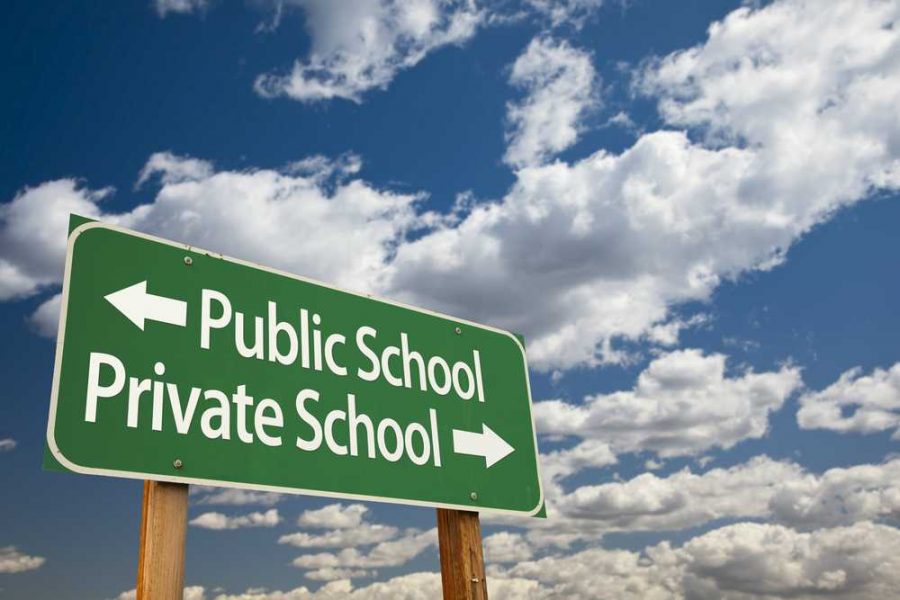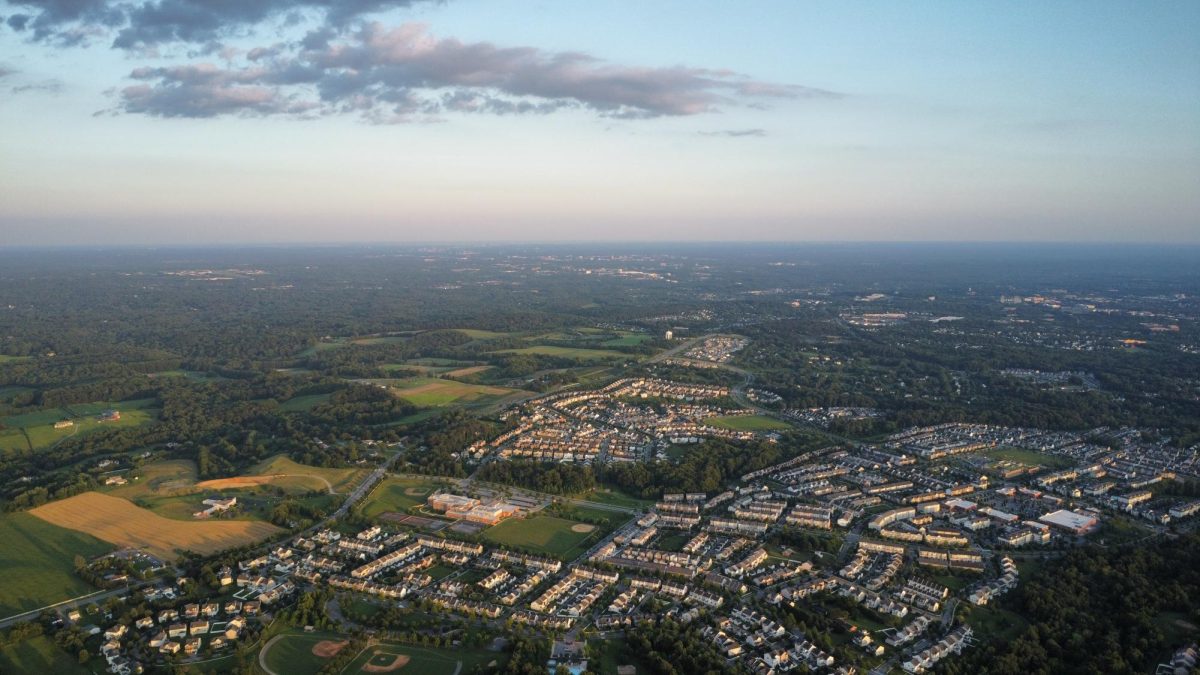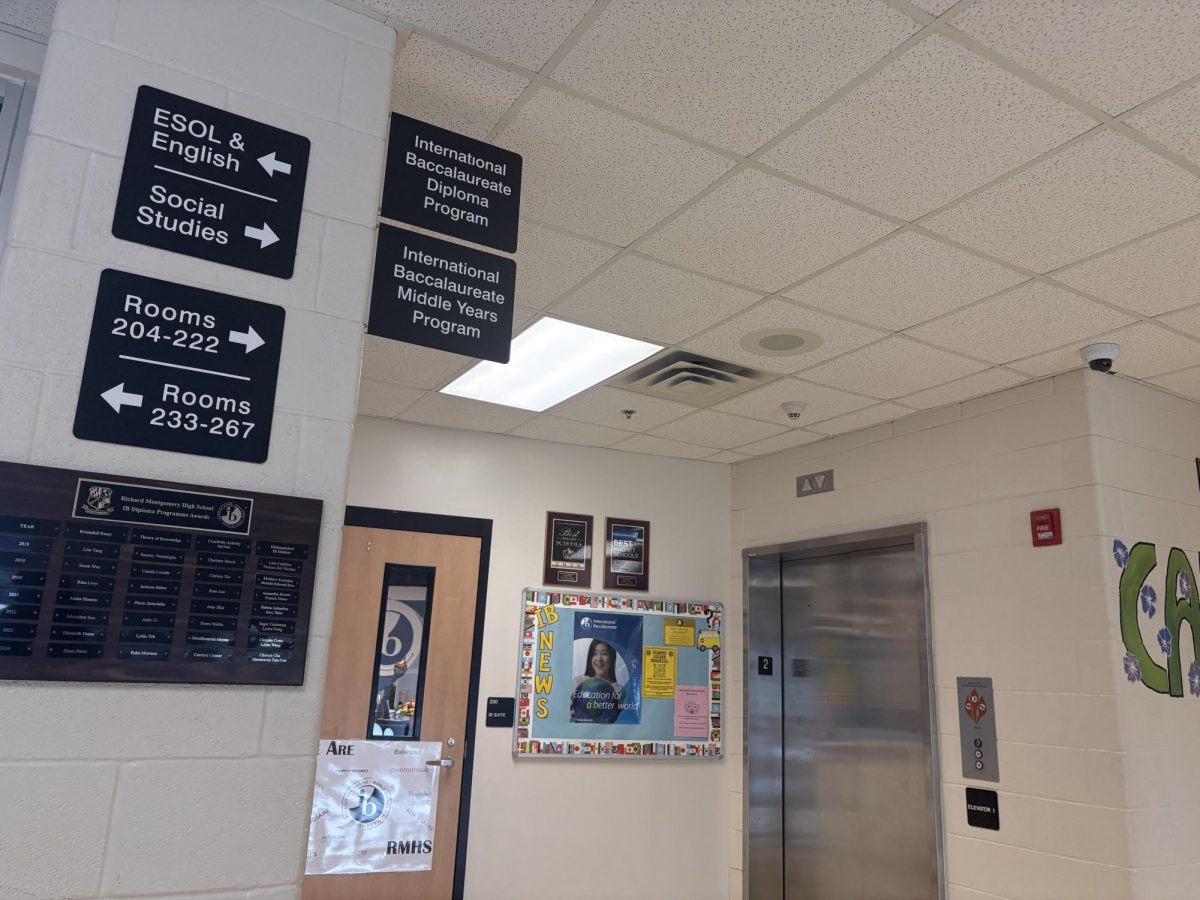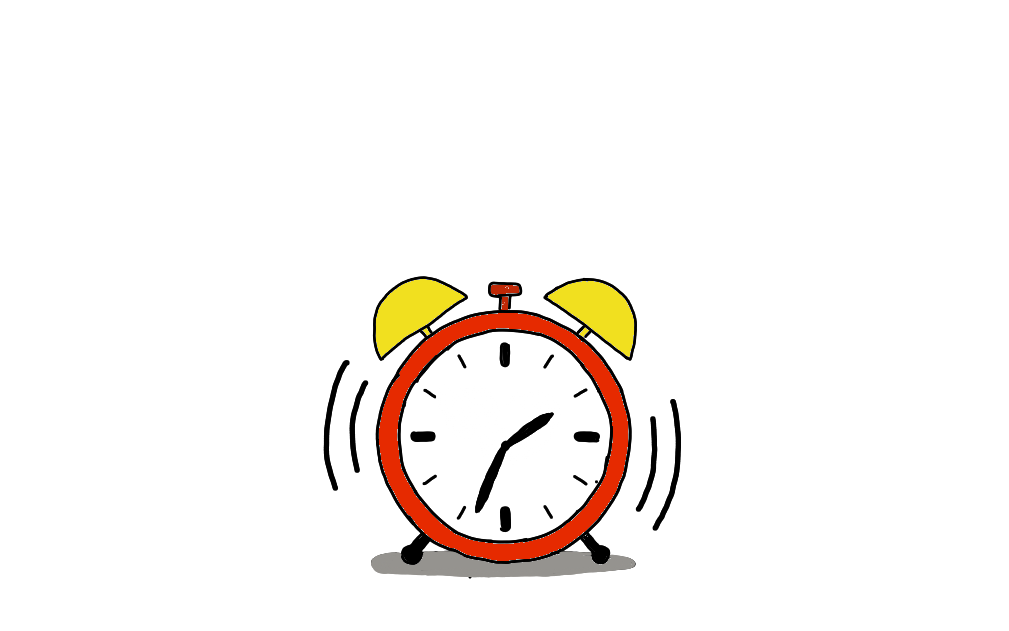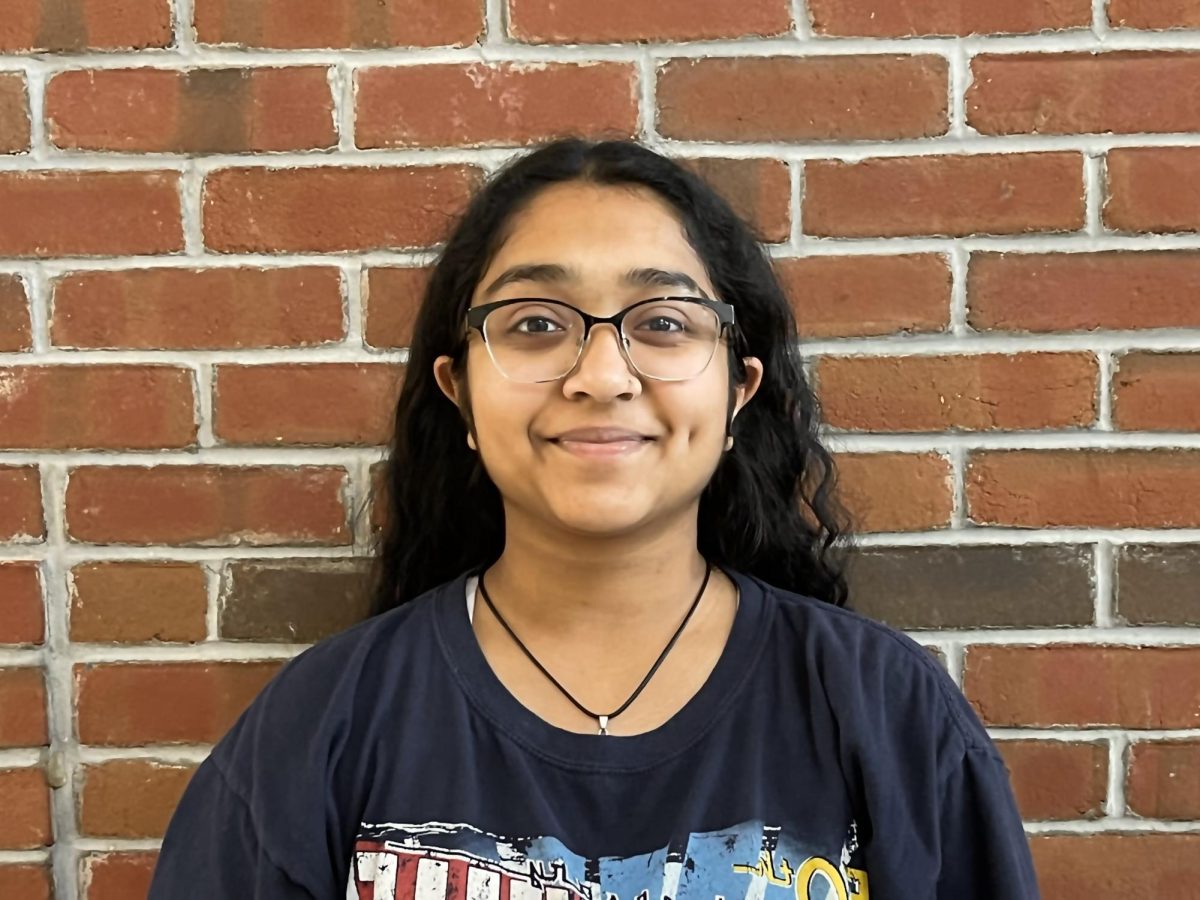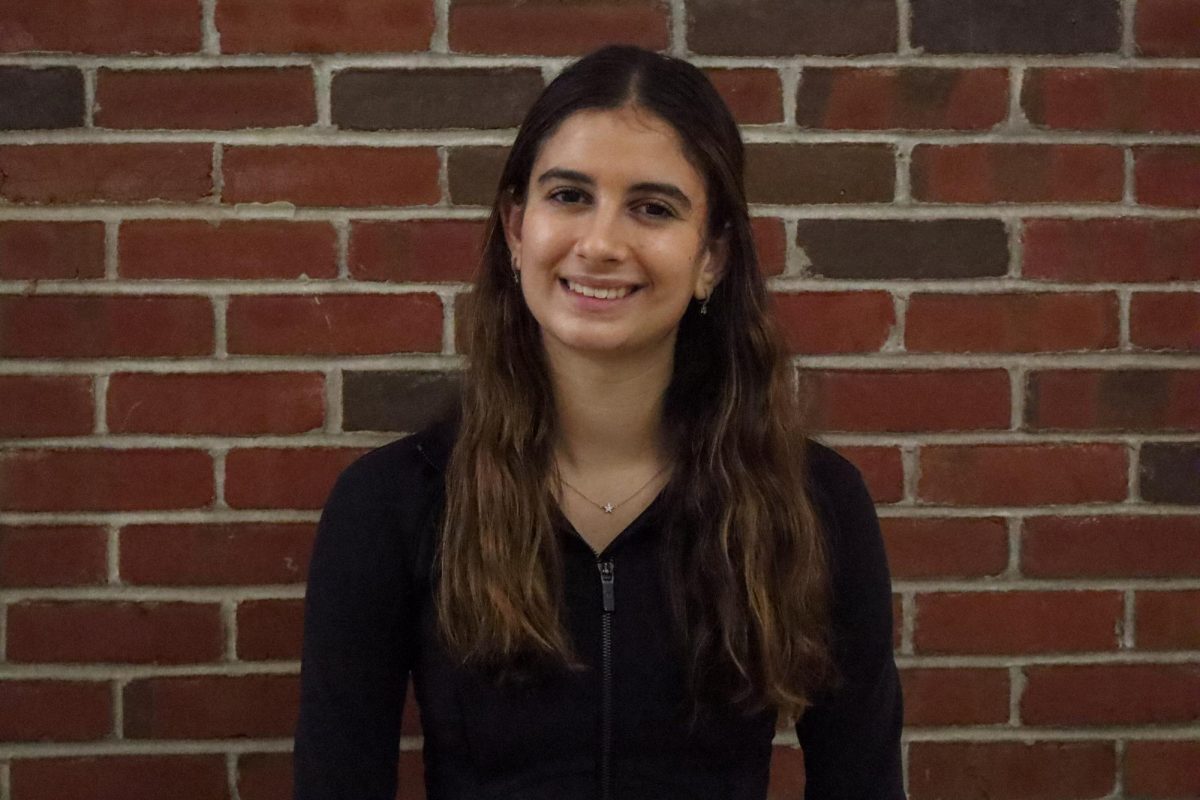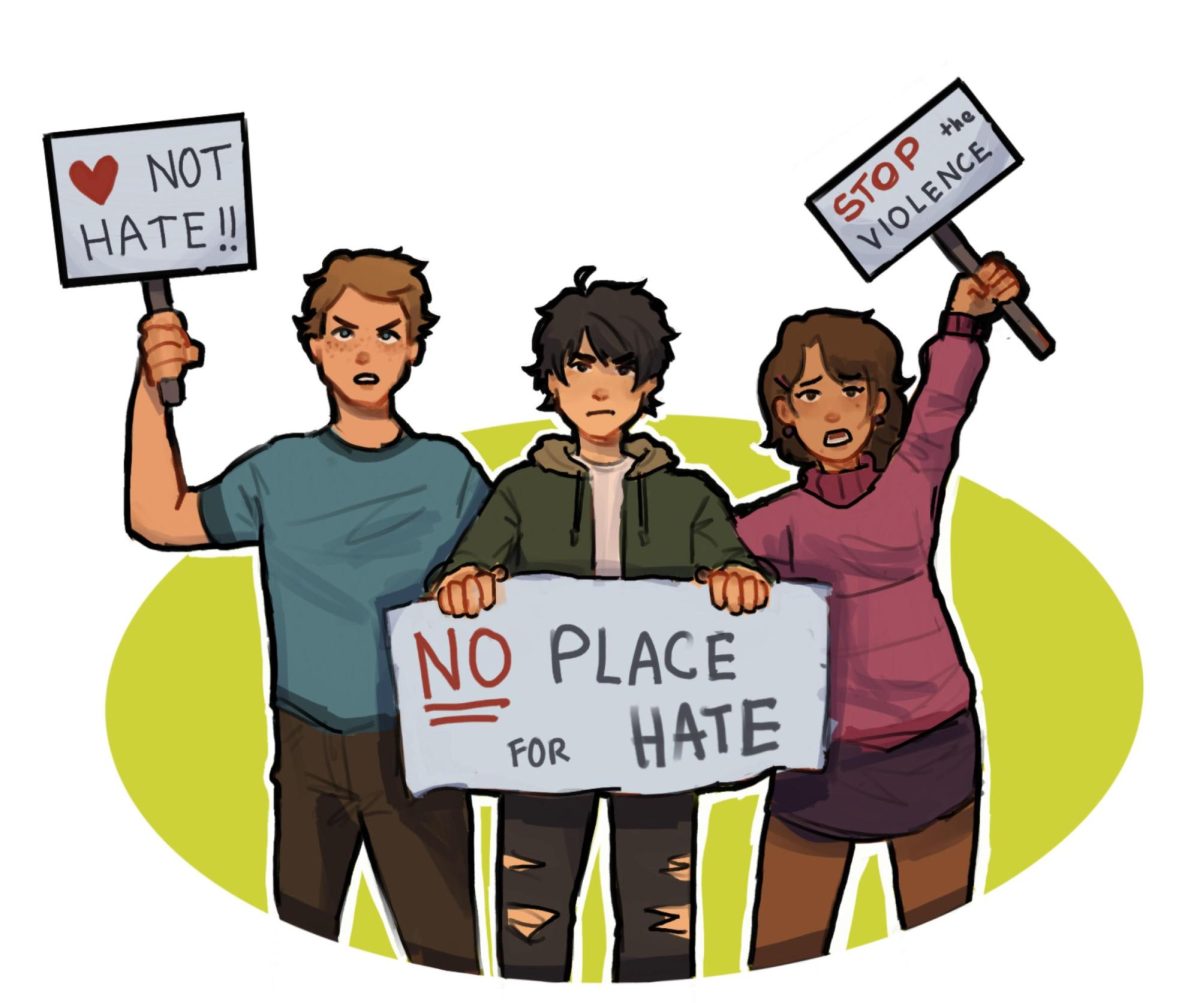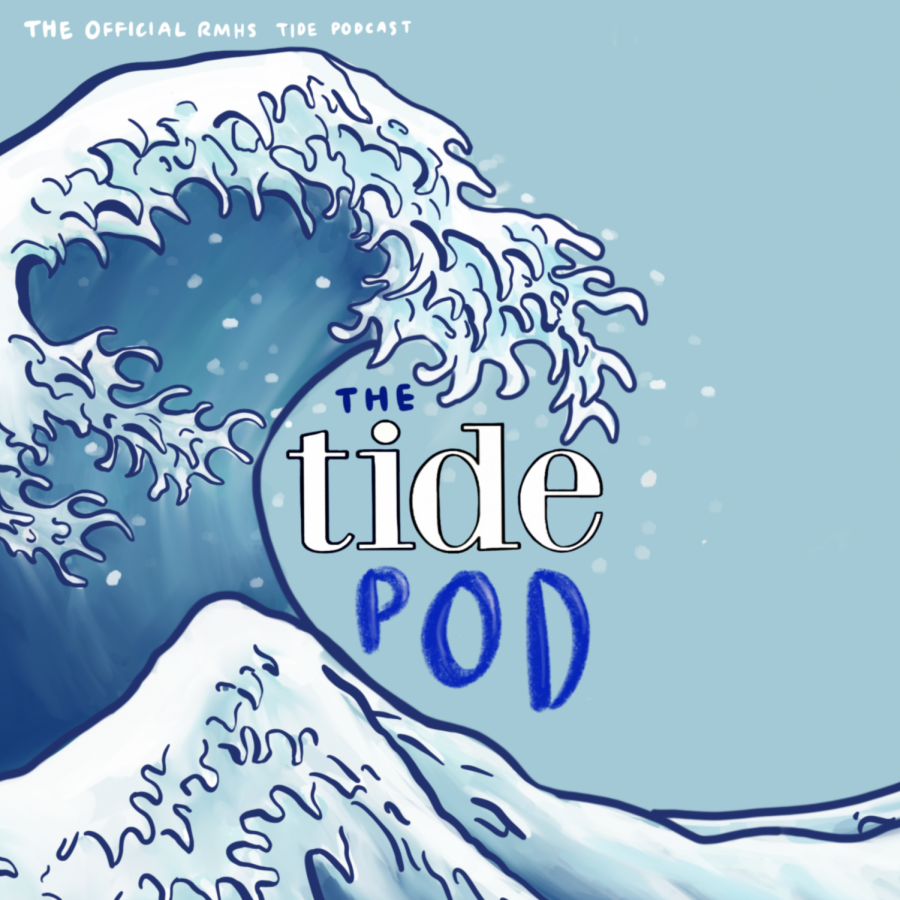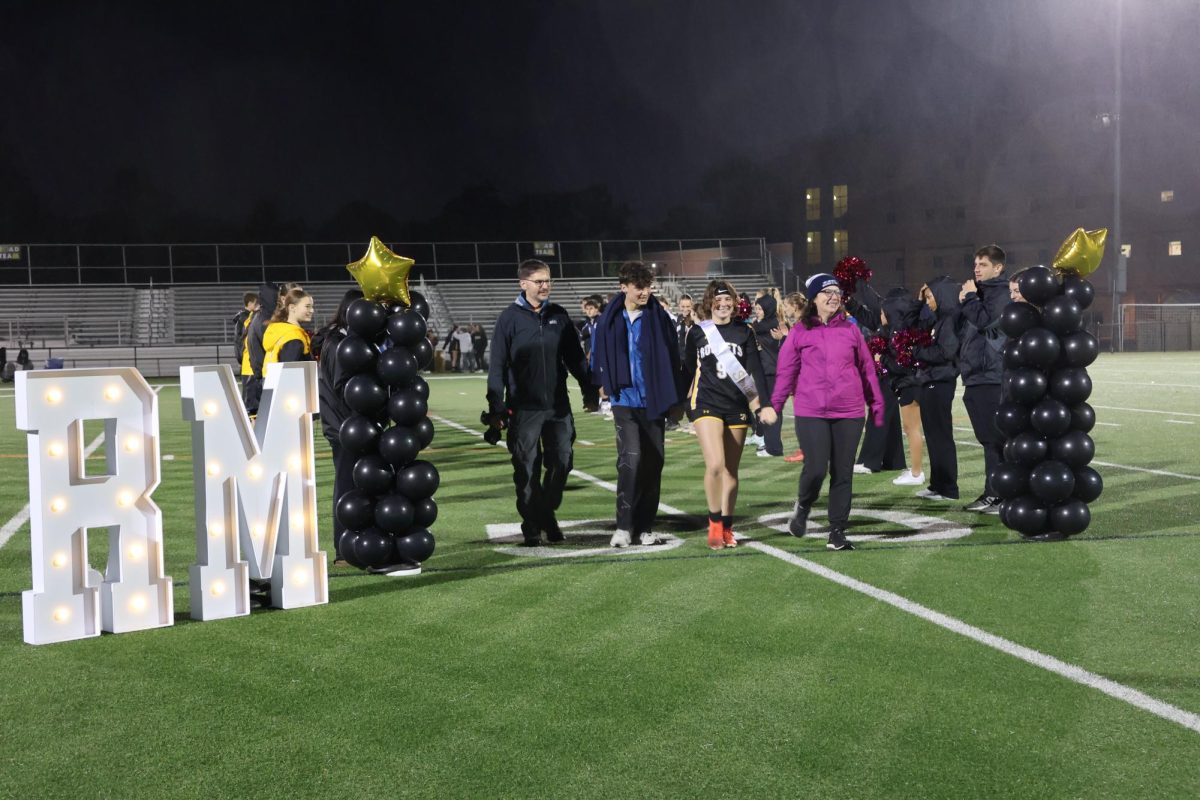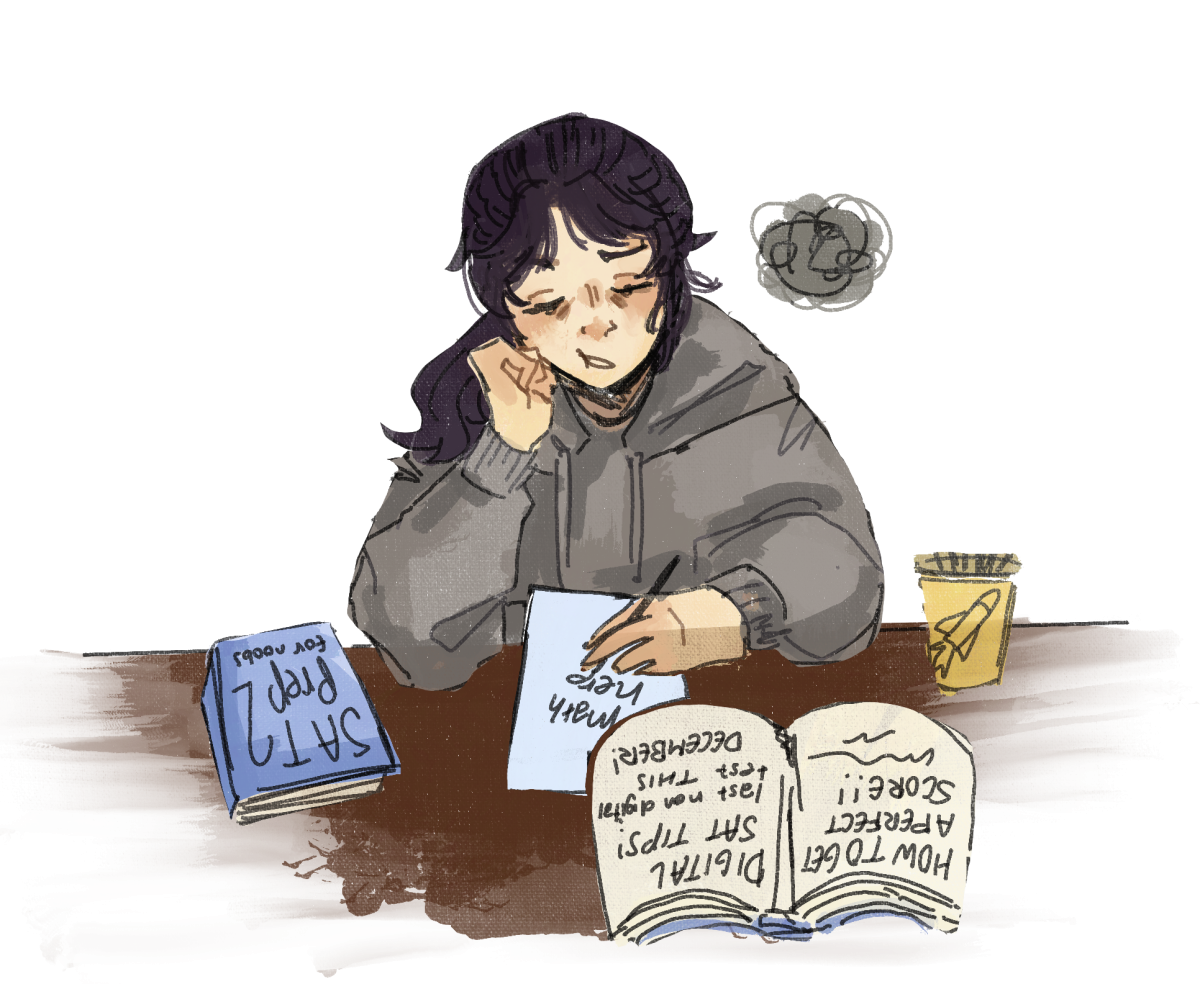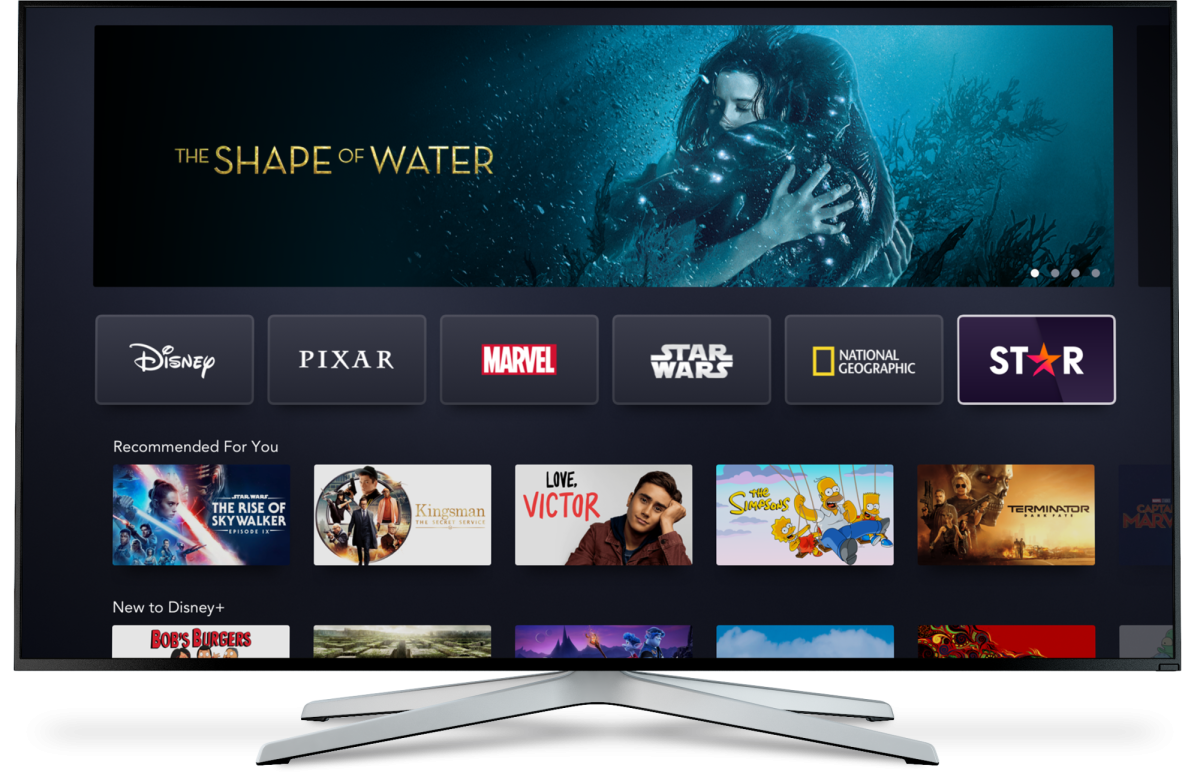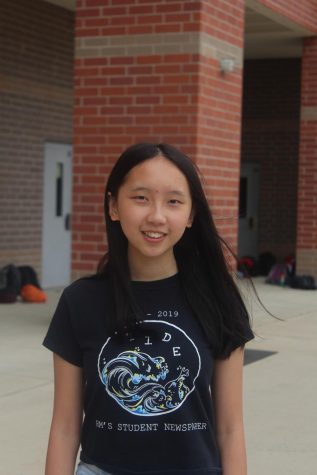In a society where education is strongly emphasized, two types of schools were designed to provide students with quality education: public and private schools. Public schools are free for students and are funded through taxes, while private schools come with a costly tuition. Though private schools claim to be superior because they have more resources, public schools are significantly better for students.
First of all, public schools are more ethnically and racially diverse than private schools. According to “The overwhelming whiteness of U.S. private schools, in six maps and charts” by Emma Brown of the Washington Post, private schools are far more likely to be “virtually all-white,” or over 90-percent Caucasian. 43-percent of private-school students in the U.S. attended virtually-all white schools, while only 27-percent of public-school students went to school in such a white-dominated setting.
Since public schools are more diverse, they imitate the real-world setting more effectively and teach students to appreciate cultural diversity. Freshman Rose Lee noted that in private schools, students “won’t be exposed to as many different cultures and as many different people.” Surrounding students with diversity at an early age helps eliminate prejudices and promote intercultural cooperation.
Additionally, private schools require a hefty tuition, allowing only wealthier students who can afford it to enroll. The students are only exposed to people of the same upper-socioeconomic class, and do not interact with lower-income students on a daily basis. Due to this isolated environment, it is harder for private-school students to understand and sympathize with the hardships of poverty.
Also, since private schools are significantly less populated than their public school counterparts, their school events are smaller, which may have less appeal to students. School events are meant to be opportunities to meet new people, which is difficult when the community is so tiny. “Private schools, being much smaller, wouldn’t be as social,” freshman Valerie Wang agreed.
Another drawback of private schools is that they lack a standardized curriculum. Since there is no standard to compare to, the students in private schools could be under-performing or learning at a slower rate than public school students, which makes it difficult for them if they switch schools. “If one day [private school students] decide to go to public schools, the staff won’t know what classes to place them in or how they compare to other students,” freshman Angela Mu said.
Also, all public schools require teachers to either be certified or working towards certification in order to be authorized to teach in the public school system. However, not all private schools require that certification. Since they do not have to meet a certain standard, the teachers at private schools may not be as qualified as those at public schools.
In addition, all public schools are required by law to accommodate students with disabilities. However, not all private schools have special education programs. This may result in students being disadvantaged at private schools because they do not have accommodations to suit their needs.
Some proponents of private schools claim that public schools are more limited in economic resources and thus are unable to suit the students’ educational needs. However, many public school systems, including Montgomery County Public Schools, offer Magnet Programs for gifted students, so they can reach their full potential in a positive, diverse, and tuition-free environment.
Though public schools may have less funding than private schools, the benefits of diversity, a standardized curriculum, teacher certification, and special programs greatly outweigh the negatives. After graduating from high school, a public-school student would be more prepared to face the challenges of the real world.


